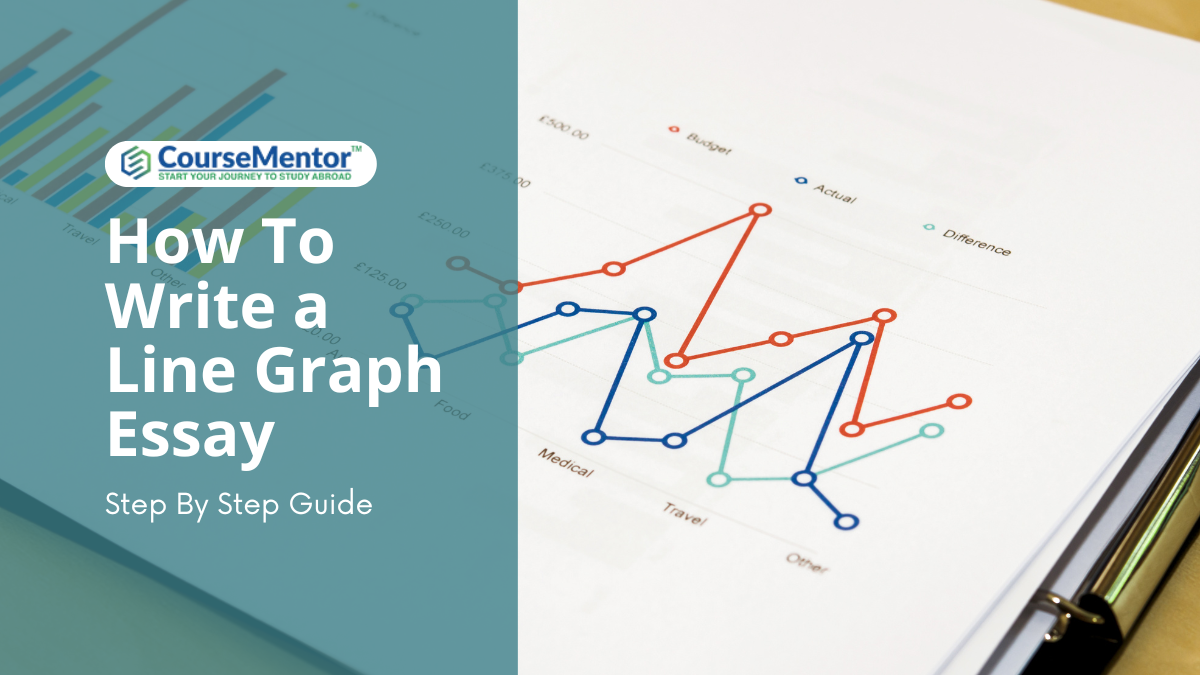In an era where our devices respond to our every beck and call, have you ever wondered, “What is the technology that gives computers the ability to comprehend human language?”
It’s a marvel of modern technology that has changed the way we use technology and brought people and tools closer together than ever before.
Have you ever wondered how computers seem to “get” what we’re saying? It’s like they’re becoming language pros! Suppose: you ask a question, and your device responds like a friend who knows exactly what you mean. But it’s not just magic; there’s some pretty amazing tech behind it. NLP is the magic behind the curtain that makes it possible for virtual assistants to understand our voice orders and chatbots to have natural conversations.
In this blog, we will discuss natural language processing (NLP), how its works, and the amazing factors it does in real life. It’s like getting a sneak peek at how your computer learns to speak a language.
Also Read: 7 Secret Methods For Studying – Brilliant Study Hacks For Toppers
How Does Natural Language Processing Work?
Alright, let’s roll up our sleeves and take this apart piece by piece! Ever wondered how computers go from “Hello” to understanding our whole conversation? It’s like watching a magician reveal their secrets – except this magic is called Natural Language Processing (NLP). So, here’s the game plan: NLP works its wonders by following a series of cool steps. Let’s break it down together:
1. Tokenization: Breaking it into Bits
Just like slicing a cake, tokenization cuts our sentences into smaller chunks called tokens. These can be words, phrases, or even single letters. Computers love their bite-sized info!
2. Sentiment Analysis: Feeling the Vibes
NLP isn’t just about words; it’s about feelings too! Sentiment analysis helps computers understand if we’re happy, sad, or just meh, by looking at the words we use.
3. Named Entity Recognition: Spotting the Stars
Ever noticed how some words stand out, like names, places, and dates? Computers use Named Entity Recognition to spot these stars in our sentences.
4. Language Generation: Talking Back
It’s not all one-sided. Computers can actually talk back too! With NLP, they can generate text that sounds just like us, making chatbots and virtual friends.
5. Machine Translation: Crossing Language Borders
NLP helps us chat with the whole world by translating languages. Computers learn how different languages tick and help us understand each other.
Also Read: How To Make Time Go Faster At School
What Are The Real-World Applications of NLP (Natural Language Processing)?
Hey, let’s step out of the tech bubble and see NLP in action, right where we live and breathe! NLP isn’t just a bunch of fancy words; it’s about making life easier and cooler in all sorts of places. Here’s a closer look at some everyday situations where NLP is lending a hand:
1. Super Smart Health Help
NLP isn’t just for computer whizzes; it’s helping doctors get what they need pronto. Imagine having a doctor buddy who reads piles of medical stuff in a blink and finds the important bits.
2. Shopping, Personalized
You know those online suggestions that seem to know your style? NLP is the wizard behind the curtain! It’s like a shopping buddy who knows your taste and shows you the good stuff.
3. Talk the Legal Talk
Lawyers juggle tons of words, and NLP keeps them from dropping any. It’s like a word master that reads contracts, laws, and all that legal jazz to help them out.
4. Sneak Peek into the Newsroom
NLP is like a news guru; it reads articles and tells us what’s on people’s minds. It’s like having a friend who’s always updated on the latest buzz!
5. School, Made Friendly
Imagine having a teacher who gets how you learn best. That’s NLP! It helps teachers teach like champs and gives you hints when school gets tricky.
6. Chit-Chat with Computers
Ever chatted with Alexa or Google Assistant? NLP is the reason they get your vibe. It’s like they’re learning your language, one chat at a time.
7. Your Voice Matters
Ever left an online review? NLP reads those and helps companies get what you’re saying. It’s like they’re tuning in to your thoughts!
8. Google Gets You, Really
Wonder how Google knows what you want? NLP helps it decode your questions and gives you the scoop you’re looking for.
Also Read: Best Guide On How Many Weeks Are In A School Year
What Are The Limitation of Natural Language Processing (NLP)?
Alright, time to put on our detective hats again and investigate the other side of the story – the limitations of NLP. Yep, even our language-savvy computers have their weak spots. But don’t worry, we’ll break it down nice and easy. Let’s dive into the challenges NLP faces:
1. Context Confusion
Computers are smart, but they can’t read our minds (yet!). NLP struggles with understanding the context behind our words, sometimes leading to misunderstandings.
2. Language Labyrinths
Our languages are full of twists and turns, and NLP can get lost in the maze of grammar rules, idioms, and slang. It’s like a tourist trying to navigate a new city without a map.
3. Emotion Encryption
While NLP can catch the words we use, understanding emotions like sarcasm, irony, or humor? That’s a tricky one. It’s like trying to decipher an inside joke from the outside.
4. Data Dependency
NLP thrives on data, and without enough of it, it’s like a chef trying to cook a meal with only a handful of ingredients. It might not be as tasty or accurate.
5. Language Barrier Blues
NLP is a champ in major languages, but it can stumble when faced with less common tongues or regional dialects. It’s like a singer trying to hit high notes they’re not used to.
6. Bias Blind Spot
Computers learn from the data we feed them, and sometimes that data has biases. NLP can inadvertently pick up biases and perpetuate them in its understanding.
7. The Long and Short of It
NLP has a hard time with really short or really long texts. It’s like a storyteller trying to summarize a novel in one sentence or dragging a story longer than a marathon.
7 Must-known Possible Risks With NLP (Natural Language Processing)
Alright, let’s have a heart-to-heart about NLP. It’s awesome, but there are a few things to watch out for.
1. Your Privacy Matters
When computers get what we’re saying, they’re also hearing our secrets. We’ve got to make sure our private stuff stays private.
2. Watch Out for Biases
Computers learn from stuff, but sometimes that stuff isn’t fair. NLP might pick up those biases, which isn’t cool.
3. Oops, Misunderstandings Happen
NLP is smart, but it’s not perfect. Sometimes, it might not get our jokes or understand what we mean.
4. Jobs Could Change
With computers getting chatty, some jobs might change. Imagine if talking to a computer becomes more common than talking to a person.
5. Don’t Forget How to Talk
Relying too much on NLP might make us forget how to talk without it. It’s like forgetting how to ride a bike after using training wheels for too long.
6. Keep Data Safe
More NLP means more data out there. We need to make sure it doesn’t fall into the wrong hands.
7. Stay Human, Stay Connected
Chatting with computers is cool, but let’s not forget the joy of real conversations with real people.
How Does A Computer Understand Human Language?
Alright, let’s dive into the nitty-gritty of how computers wrap their digital heads around our human chatter. It’s a bit of tech magic mixed with some smart moves. Here’s the scoop, no tech-speak required:
- Words Turn into Secret Codes: So, here’s the deal – computers don’t get words like we do. They turn words into secret codes, kinda like each letter and space gets its own special number.
- Learning the Talk: Imagine computers as language learners. They study loads of sentences to learn how words play together. It’s like how you learn new games by playing them over and over.
- Building a Language Brain: They create this virtual “language brain.” This brain knows all about grammar rules, the way we put words together, and what words mean. It’s their own language guru.
- Mathy Mysteries: Behind the scenes, there’s a whole bunch of math happening. Computers use these numbers to spot patterns in how we talk. It’s like figuring out a puzzle using numbers.
- Guessing Game: When we say something new, the computer takes a guess at what we mean. If it’s wrong, no worries – it learns from its mistakes, just like we do.
- Getting Smarter Together: Here’s the cool part – the more we chat with computers, the better they understand us. It’s like we’re helping them learn, and they’re helping us communicate with them.
Must Read: Best Ways on How To Stay Awake In Class
What New Technology Enables Computers To Understand Human Language?
Let’s unravel this tech mystery! You might be wondering how computers suddenly became language wizards. Well, here’s the scoop on the new tech making it all possible:
1. Natural Language Processing (NLP)
Yep, that’s the buzzword! NLP is like a language crash course for computers. It’s a mix of smart algorithms, data science, and some clever math that helps computers understand our human chitchat.
2. Machine Learning Magic
Imagine if computers could learn like we do – that’s where machine learning comes in. Computers munch on lots of examples of human language, and just like a sponge, they soak up patterns and ways we talk.
3. Big Data Bonanza
Computers love data, and there’s a lot of it out there. They gobble up tons of text from books, websites, and social media. This buffet of words helps them learn how real people chat.
4. Language Models on Steroids
We’ve got these powerful language models like GPT-3 (which I’m a part of!). They’re like virtual language libraries that computers can refer to when they’re puzzled about a sentence.
5. Context Clues Galore
NLP uses context clues – words around a particular word – to understand its meaning. It’s like when you’re solving a puzzle and you look at the pieces nearby.
How does AI understand human language?
Alright, let’s demystify this AI wizardry! You might be curious about how AI suddenly became language savvy. Well, here’s the scoop on how it all clicks together:
1. Training with Language Data
Imagine AI as a language student. It trains by reading heaps of text – books, websites, social media posts – you name it. Just like learning from examples, AI picks up how we talk.
2. Pattern Recognition Powers
AI has a knack for spotting patterns. It analyzes all those texts to understand how words fit together, how sentences flow, and what makes sense in human talk.
3. Building Language Smarts
Picture this: AI builds a treasure trove of words, grammar rules, and word meanings. It’s like having a giant dictionary that helps AI decode our sentences.
4. Learning from Its Mistakes
AI isn’t perfect at first. But every time it gets something wrong, it learns from the experience. It’s like practicing a new dance move until you nail it.
5. Context Clues Unleashed
When AI reads a sentence, it looks at the words around a particular word to understand what it means. It’s like solving a puzzle – you need all the pieces to get the whole picture.
Also Read: Top 10 Ways To Be A Great Student – Know Good Habits!
Conclusion
So, that’s all about what is the technology that gives computers the ability to comprehend human language. Natural Language Processing might sound like tech gibberish, but it’s actually like a special code that helps us and computers become super buddies.
Guess what? This isn’t goodbye; it’s just the beginning. NLP is growing and changing all the time, which means more cool stuff is coming. It’s like watching a friend learn new tricks and becoming even more awesome.
So, as we wrap up this NLP adventure, let’s give a thumbs-up to the past, a high-five to the present, and a big “hello!” to the future. NLP has shown us that tech isn’t just about screens; it’s about making life better, getting us closer, and adding a touch of magic.
Frequently Asked Question
Is Natural Language Processing the same as voice recognition?
No, while they are related, they are not the same. Voice recognition involves converting spoken language into text, while NLP focuses on understanding and generating human language in text form.
Can NLP understand multiple languages?
Yes, NLP can be trained to understand and process multiple languages. However, the accuracy and performance can vary based on the language and available training data.
How does NLP handle languages with complex grammar?
NLP algorithms are designed to handle complex grammatical structures. They learn from a wide range of examples to understand the nuances of different languages’ grammar.
What is the future of NLP?
The future of NLP holds exciting possibilities. As technology advances, we can expect more accurate language understanding, better language generation, and applications we haven’t even envisioned yet.





